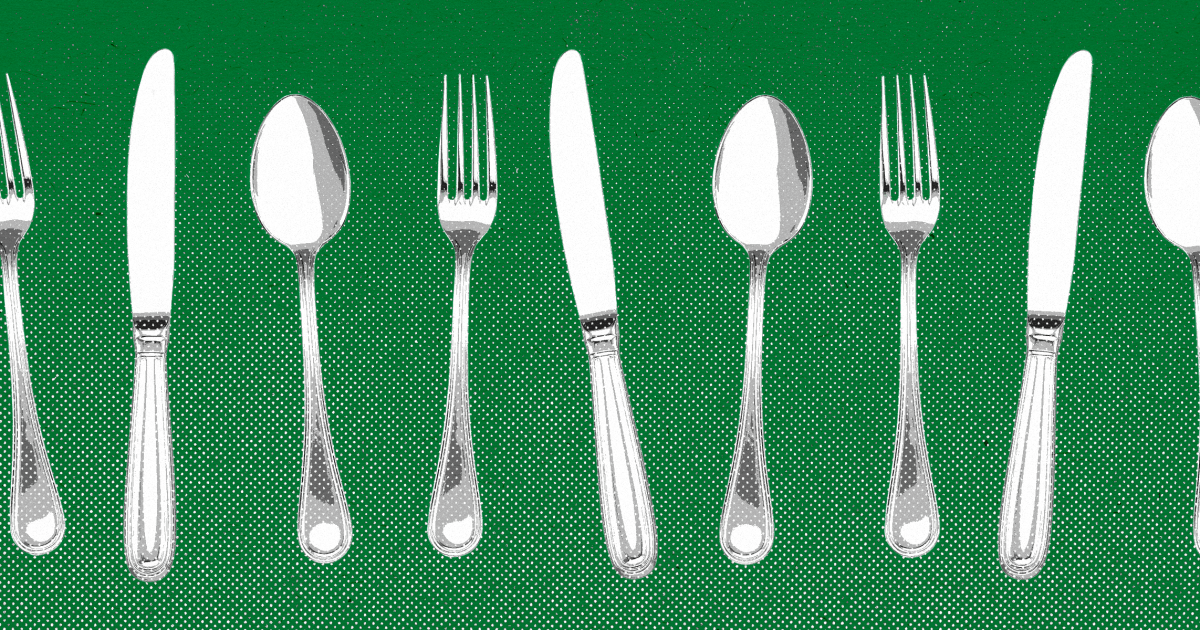Packaged, processed foods are a common part of the U.S. diet, and even if you’re trying to eat healthier, you may find yourself turning to them from time to time. Ultraprocessed foods get a lot of hate, and while it’s important to minimize your consumption and include whole foods in your diet as much as you can, it’s normal to lean on packaged foods for convenience and to help meet certain nutritional needs (looking at you, protein bars).
Just keep in mind that processed foods often contain excess calories from added sugar, even in foods that you don’t think of as sweet, like bread and frozen dinners. But fortunately, registered dietitian Natalie Rizzo — who creates balanced, nutritious meal plans for the Start TODAY app — has an easy guideline to make sure you’re not overdoing it.
Dietitian Tip of the Day: Avoid Foods With More Than 6 Grams of Added Sugar Per Serving
“When choosing packaged foods, I recommend keeping added sugar under 6 grams per serving,” Rizzo explains. For reference, a single teaspoon of sugar is 4 grams and 16 calories.
“The American Heart Association suggests limiting added sugar to about 25–36 grams per day. When distributing that among meals and snacks, a single serving with more than 6 grams can quickly use up a large portion of that daily allowance,” Rizzo adds.
Why It Matters
The average American eats about 22 teaspoons of added sugar a day.
“Consistently eating high-sugar packaged foods can lead to excess calorie intake, weight gain, blood sugar issues and chronic inflammation,” Rizzo says. “All of these side effects can increase your risk for chronic disease.”
What’s more, the serving size listed on foods is often less than what one would actually eat.
How to Get Started
A food’s nutrition label typically states the amount of added sugar per serving, so that’s the best place to start to make informed dietary choices.
Also, look for added sugars in the ingredients list, such as:
Anything ending in “-ose,” like fructose and sucrose“Sugar” in the name, like cane sugar“Syrup” in the name, like corn or evaporated cane syrupOther forms of sugar, like honey, molasses and agaveProcessed “fruit” ingredients, like fruit concentrates and nectars
Some examples of surprising foods often high in added sugars include:
Marinara sauceFlavored, plant-based milkOatmeal BreadCerealFlavored yogurtSalad dressing
To limit added sugar in your diet, focus on eating whole, minimally processed foods, especially plant-based options, as much as possible.
TODAY’s Expert Tip of the Day series is all about simple strategies to make life a little easier. Every Monday through Friday, different qualified experts share their best advice on diet, fitness, heart health, mental wellness and more.

